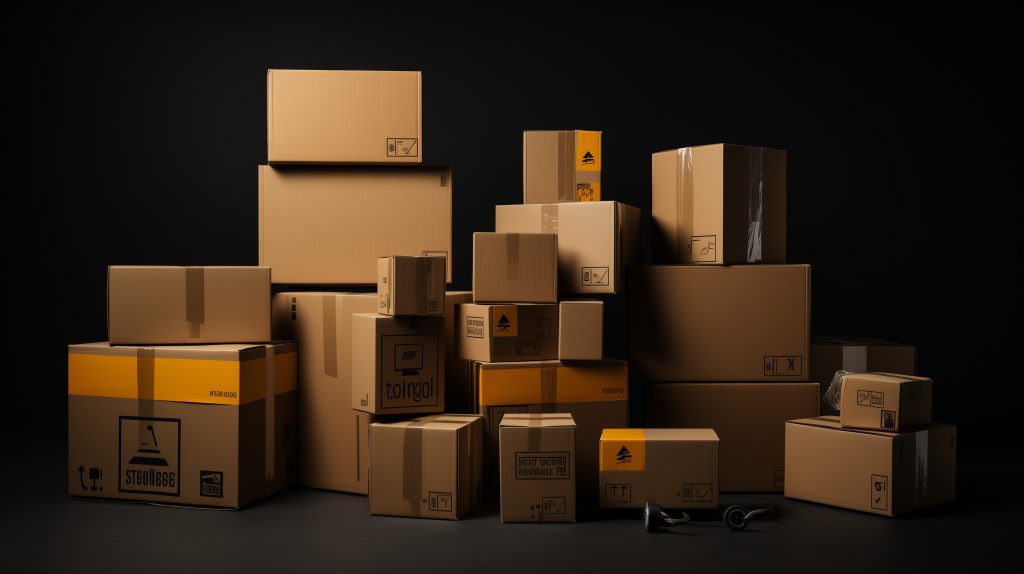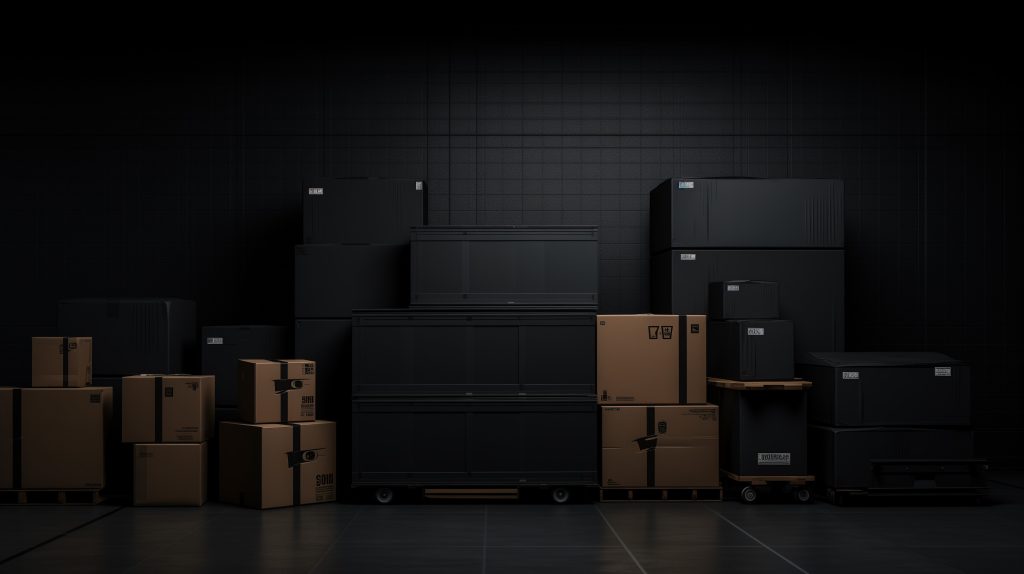Moving your business to a new location is a significant undertaking that requires careful planning and execution. Amidst the chaos of packing boxes and coordinating logistics, one aspect that often gets overlooked is the proper management of IT equipment and technology. For businesses heavily reliant on technology, such as Slick Moving, ensuring a smooth transition for these crucial assets is paramount to maintaining operations and minimizing downtime.
As a moving company that specializes in commercial relocations, Brooklyn Movers understands the unique challenges associated with moving IT equipment and technology. With years of experience in facilitating seamless transitions for businesses of all sizes, we’ve compiled a comprehensive guide to help businesses navigate this critical aspect of their move.
- Assessment and Planning: The first step in managing IT equipment during a commercial move is conducting a thorough assessment of your current technology infrastructure. This includes taking inventory of all hardware, software, and peripherals, as well as documenting their configurations and connections. With this information in hand, develop a detailed plan outlining how each item will be packed, transported, and reinstalled at the new location.

- Backup and Data Protection: Before disconnecting any equipment, ensure that all critical data is backed up securely. This may involve transferring data to cloud storage, external hard drives, or backup servers. Implement measures to protect sensitive information during transit, such as encryption and password protection. Consider the implications of data loss or downtime on your business operations, and take proactive steps to mitigate these risks.
- Labeling and Organization: Proper labeling and organization are essential to keeping track of IT equipment during a move. Clearly label each item with its corresponding location and any special handling instructions. Use color-coded labels or tags to categorize equipment by department or function, making it easier to unpack and set up at the new location. Create a detailed inventory list to ensure that nothing gets lost or misplaced during the move.
- Secure Parking and Transportation: IT equipment is delicate and sensitive to physical damage, so it’s crucial to pack and transport it securely. Use high-quality packing materials, such as anti-static bubble wrap and foam padding, to protect equipment from shocks and vibrations. Consider investing in specialized crates or containers designed for transporting electronics safely. Assign dedicated personnel to oversee the handling and transportation of IT equipment to minimize the risk of damage or loss.

- Reinstallation and Testing: Once you’ve reached your new location, prioritize the reinstallation and testing of IT equipment to minimize downtime. Follow your pre-established plan to reconnect hardware, reinstall software, and restore data backups. Conduct thorough testing to ensure that all systems are functioning correctly and address any issues promptly. Engage IT staff or third-party vendors as needed to troubleshoot and resolve technical problems.
- Training and Support: Transitioning to a new location may require employees to adapt to unfamiliar technology setups or workflows. Provide comprehensive training and support to help employees acclimate to their new environment and address any questions or concerns they may have. Consider offering on-site technical support during the initial phase of the transition to assist with setup and troubleshooting.
- Documentation and Maintenance: Finally, maintain thorough documentation of your IT infrastructure and procedures at the new location. Update network diagrams, equipment inventories, and user manuals to reflect any changes resulting from the move. Establish regular maintenance schedules to keep IT equipment in optimal condition and prevent issues from arising in the future.
In conclusion, managing IT equipment and technology during a commercial move requires careful planning, organization, and attention to detail. By following these best practices, businesses can minimize the risk of downtime, data loss, and disruptions to operations, ensuring a smooth transition to their new location. As a trusted partner in commercial relocations, Slick Moving- A Moving Company is committed to helping businesses navigate the complexities of IT relocation with confidence and ease.

